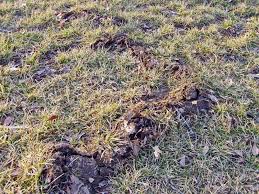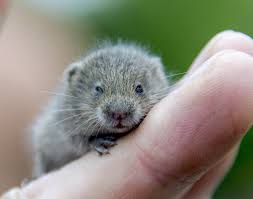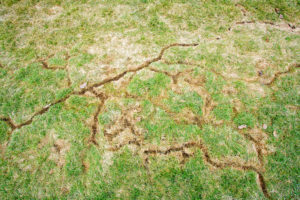Mole vs. Vole
go.ncsu.edu/readext?691564
en Español / em Português
El inglés es el idioma de control de esta página. En la medida en que haya algún conflicto entre la traducción al inglés y la traducción, el inglés prevalece.
Al hacer clic en el enlace de traducción se activa un servicio de traducción gratuito para convertir la página al español. Al igual que con cualquier traducción por Internet, la conversión no es sensible al contexto y puede que no traduzca el texto en su significado original. NC State Extension no garantiza la exactitud del texto traducido. Por favor, tenga en cuenta que algunas aplicaciones y/o servicios pueden no funcionar como se espera cuando se traducen.
Português
Inglês é o idioma de controle desta página. Na medida que haja algum conflito entre o texto original em Inglês e a tradução, o Inglês prevalece.
Ao clicar no link de tradução, um serviço gratuito de tradução será ativado para converter a página para o Português. Como em qualquer tradução pela internet, a conversão não é sensivel ao contexto e pode não ocorrer a tradução para o significado orginal. O serviço de Extensão da Carolina do Norte (NC State Extension) não garante a exatidão do texto traduzido. Por favor, observe que algumas funções ou serviços podem não funcionar como esperado após a tradução.
English
English is the controlling language of this page. To the extent there is any conflict between the English text and the translation, English controls.
Clicking on the translation link activates a free translation service to convert the page to Spanish. As with any Internet translation, the conversion is not context-sensitive and may not translate the text to its original meaning. NC State Extension does not guarantee the accuracy of the translated text. Please note that some applications and/or services may not function as expected when translated.
Collapse ▲Moles and Voles are often confused for one another, but when viewed closely, one can differentiate, between the two, quite easily.
Moles “M” meat-eaters
Identification and Diet
Moles have enlarged front feet and claws, perfect for digging and tunneling, dense dark grey hair, a long pointed nose, and eyes and ears that are barely visible.
Moles are carnivorous or meat-eaters, their diet consists mainly of earthworms and grubs; however, they will eat a variety of other insects.


Damage
Moles dig tunnels that create soft depressions in flower beds and lawns in search of food. When they tunnel up to the surface they leave mounds of soil that resemble small volcanoes on your lawn.


Voles “V” vegetarians
Identification and Diet
Voles are vegetarians, their diet consists of a wide range of garden and ornamental plants. Believe it or not, voles are known to travel through the tunnels that moles create and feed on exposed bulbs and roots.
Voles have coarse hair that can range from reddish-brown and black to light grey in color. They have a mouse-like appearance with small beady eyes and little pointy ears that protrude slightly from their fur.


Damage
Voles cause damage by feeding on a wide range of garden plants including artichoke, beet, Brussels sprouts, cabbage, carrot, cauliflower, celery, lettuce, spinach, sweet potato, tomato, and turnip. They also can damage turf and other landscape plantings such as lilies and dichondra. Voles will gnaw the bark of fruit trees including almond, apple, avocado, cherry, citrus, and olive.

Vole tunnels

Hole caused by vole
View the short video below for more about moles and voles:
For additional detailed information about moles and voles, check out the links listed below under sources or email Chris Blaha at ctblaha@ncsu.edu.
Sources:




